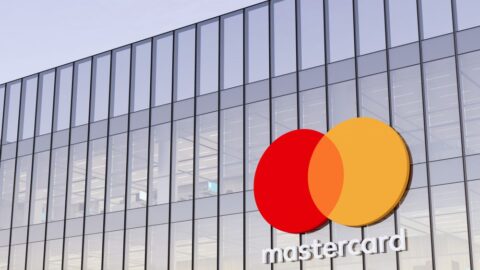While most of the tent camps are gone, the chants of the Occupy movement has left an indelible mark. “We are the 99 percent” was the voice of the disenfranchised majority standing up to the one percent of Americans that earn the vast proportion of the wealth. Tumblr’s Occupy blog sums it up: “We are getting nothing.”
Well, it got me thinking of the disparity dilemma. Like most simple concepts, I began seeing parallels all over the economic landscape, particularly in my own world ― the mobile APP store.
Before we let Occupy move into a historic footnote, I would like to selfishly ride the rails by calling for a mini-Occupy chant to the powers-the-be that created all the wonderful mobile APP SDKs that allow every healthy coding American to create iPhone and Android APPs. Every retailer and brand is allocating budget to make their storefront and aisle into an APP.
I would like to challenge the 99% of the hard-working APP developers that have created content for the various mobile APP stores over the past few years, based on the vision created by Apple, to rally to the mobile corporate campuses and ask why they are now lost in the increasingly busy storefront with hundreds of thousands of other APPs.
Starting with the hugely successful iFart mobile application that had 38,927 downloads on Christmas Day 2008, making $27,249 net revenue, the industry has grown the storefront to nearly one million utility and gaming apps and are approaching 20 billion downloads.
Out of the many premium (paid) titles launched on the Apple and Android stores, only 1% percent of APPs become an economically successful game such as Doodle Jump, Tap Tap Revenge, Pocket God, Traffic Rush, Flight Control and the unparalleled Rovio’s Angry Birds franchise ― though Peter Vesterbacka, Rovio’s Chief Eagle, likely is now making more money on Angry Bird sweaters and sponsorships than digital downloads.)
Of the free APPs, we have Facebook, Pandora, Shazam, The Weather Channel, Groupon ― not many retail store APPs at the top of the list.
 We Are The 99%
We Are The 99%
Is the developer community simply supporting iPhone sales? Is Apple using the magic application count on its storefront as a way of selling its content-rich device over other less-content rich devices? Is the powerful billboard image of thousands of APPs exploding out of the phone benefiting Cupertino or Main Street USA?
We do know that the content owner’s APP is lost and no longer has a voice. No consumer knows or can even find our application on the storefront. And when someone finally downloads an APP to the phone, it probably gets lost in buried folders and becomes phone-top road kill.
Isn’t it time to bring back the browser bookmark and do away with a narrow focus on the heavy-client-APP-in-a-folder stopgap solution? Isn’t it time to leverage the iCloud and focus on the SUPER APP: the mobile browser? With HTML5 application simulation tools and a faster LTE network in place, can we move back to the tried-and-true messaging and browser model that works well on large screen web?
With mobile web optimized checkout brought to you by VISA’s V.me, Billing Revolution and PayPal, e-Commerce has become elegant. With ubiquitous messaging channels like SMS, proprietary alert solutions are no longer needed to drive engagement.
There is, without question, a need for mobile APPs. For certain deep-dive game and utility solutions, the mobile browser and HTML5 is still a few years off as an enabler. However, YouTube and the Financial Times are good examples of APPs that threw in their lot with the mobile browser.
If I were to say that Apple continues to focus on APPs largely because the status quo is working for iPhone sales, would I be called “divisive” and “un-American” by Newt Gingrich?
Yes . . . and that is the point.
Gary Schwartz is author of the book, “The Impulse Economy: Understanding Mobile Shoppers & How They Buy,” published by Simon & Schuster.



 We Are The 99%
We Are The 99%








